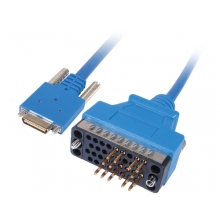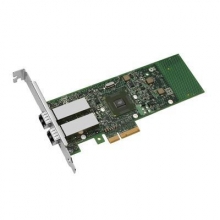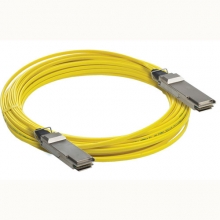- Optical Transceivers
- SFP+ Transceivers
- XENPAK Transceivers
- XFP Transceivers
- X2 Transceivers
- SFP Transceivers
- Compatible SFP
- 3Com SFP
- Alcatel-Lucent SFP
- Allied Telesis SFP
- Avaya SFP
- Brocade SFP
- Cisco SFP
- D-Link SFP
- Dell SFP
- Enterasys SFP
- Extreme SFP
- Force10 SFP
- Foundry SFP
- H3C SFP
- HP SFP
- Huawei SFP
- Intel SFP
- Juniper SFP
- Linksys SFP
- Marconi SFP
- McAfee SFP
- Netgear SFP
- Nortel SFP
- Planet SFP
- Q-logic SFP
- Redback SFP
- SMC SFP
- SUN SFP
- TRENDnet SFP
- ZYXEL SFP
- Other SFP
- FE SFP
- GE SFP
- OC3 SFP
- OC12 SFP
- OC48 SFP
- Copper SFP
- CWDM SFP
- DWDM SFP
- BIDI SFP
- Fiber Channel SFP
- Multi-Rate SFP
- SGMII SFP
- Compatible SFP
- GBIC Transceivers
- Passive Components
- Networking
- Cables
- Equipments
- Tools
- Special Offers


Datacom is fast to accelerate and slowdown
The telecom segment reacted much more slowly to the global economic recovery, and it is unlikely to respond promptly to deteriorating economic conditions if fears of a double dip recession materialize. LightCounting expects modest increases in sales of telecom optical networking gear in the second part of 2010. Sales of SONET/SDH, WDM, ROADMs, and amplifier modules employed in telecom networks increased rapidly in late 2009 and early 2010, as equipment manufacturers started replenishing inventories cut during the last recession. LightCounting expects that growth for components and modules used in telecom networks will continue through the rest of 2010, but the annual sales will remain below pre-recession levels. Among encouraging signs in this market is higher-than-average growth in sales of ROADMs, amplifiers, and passive components that are deployed in first stages of network upgrade cycles. LightCounting analysis of the network bandwidth growth suggests that the networks are overdue for the next round of infrastructure upgrades. Continuing deployments of next generation wireless and FTTx systems adds urgency to adding capacity in core networks.
A growing market for modules employed in wireless backhaul has been a niche opportunity for transceiver manufacturers for some time. Majority of modules sold into this market operate at 1 Gbps or 3 Gbps rates, but now 6Gbps transceivers supporting the CPRI standard are making their way into this market plowing the way for 10 Gbps modules in the future. Increasing use of higher data rate interfaces in wireless backhaul will have a major impact on the size of this market segment, which is now included in LightCounting forecast.
In summary, the optical communications business does not act as a whole. Datacom is fast to accelerate and slowdown, closely tracking corporate budgets. In contrast, telecom funded by longer term projects and longer lead times is much slower to react in either direction. FTTH, dominated by expanding Asian economies, can completely defy economic cycles. The rapid rise in the number of smart cell phones is pushing the limits of copper interconnects, opening a new market for optics. A similar transition from copper to optical links is happening in the supercomputing (HPC) world with active optical cables although this market is still small. Last, on the far horizon is the use of optical links for consumer and PC applications with Intel’s LightPeak; stay tuned for mid-September’s Intel Developers Forum announcements.



















































